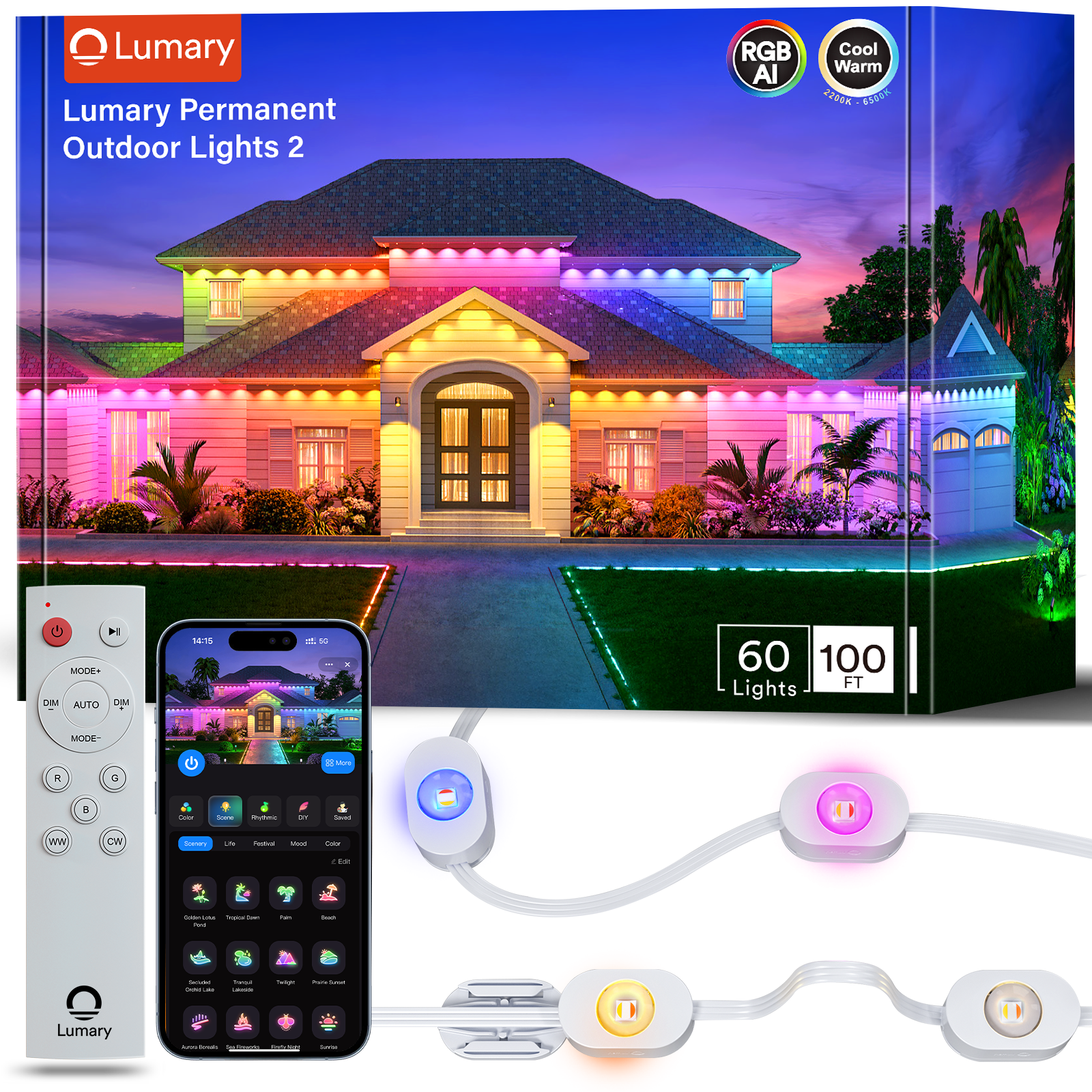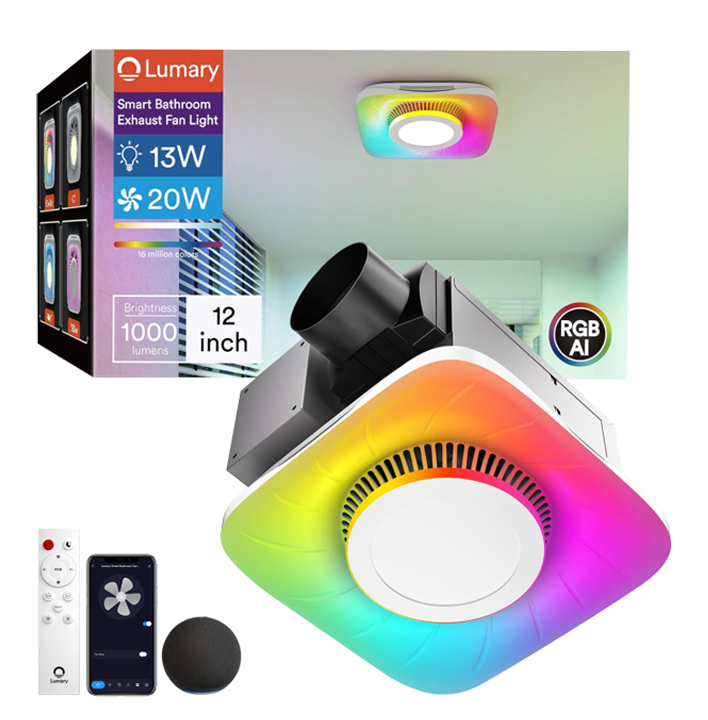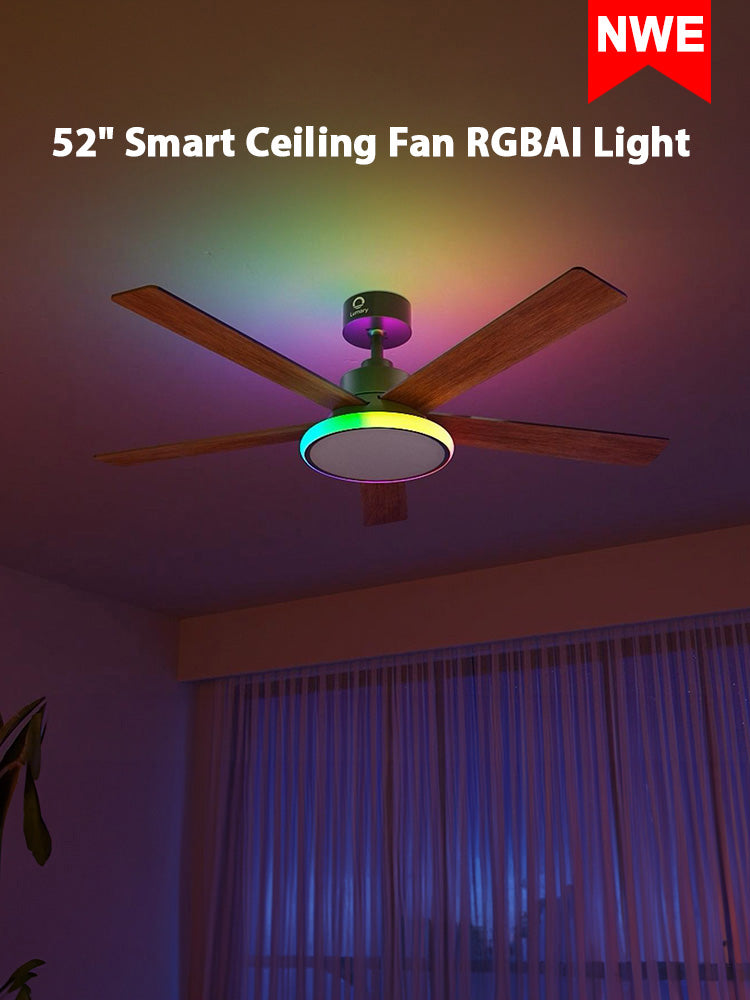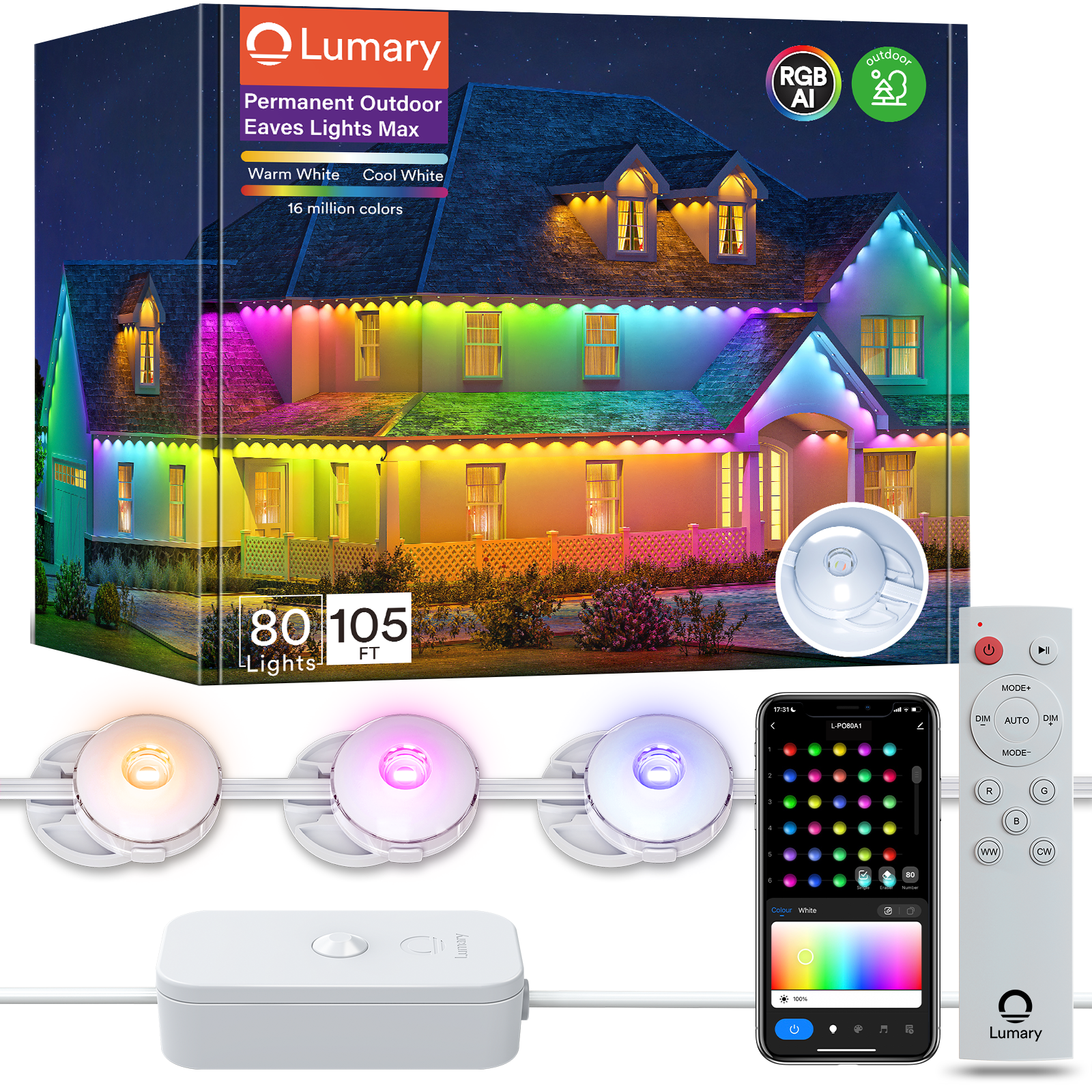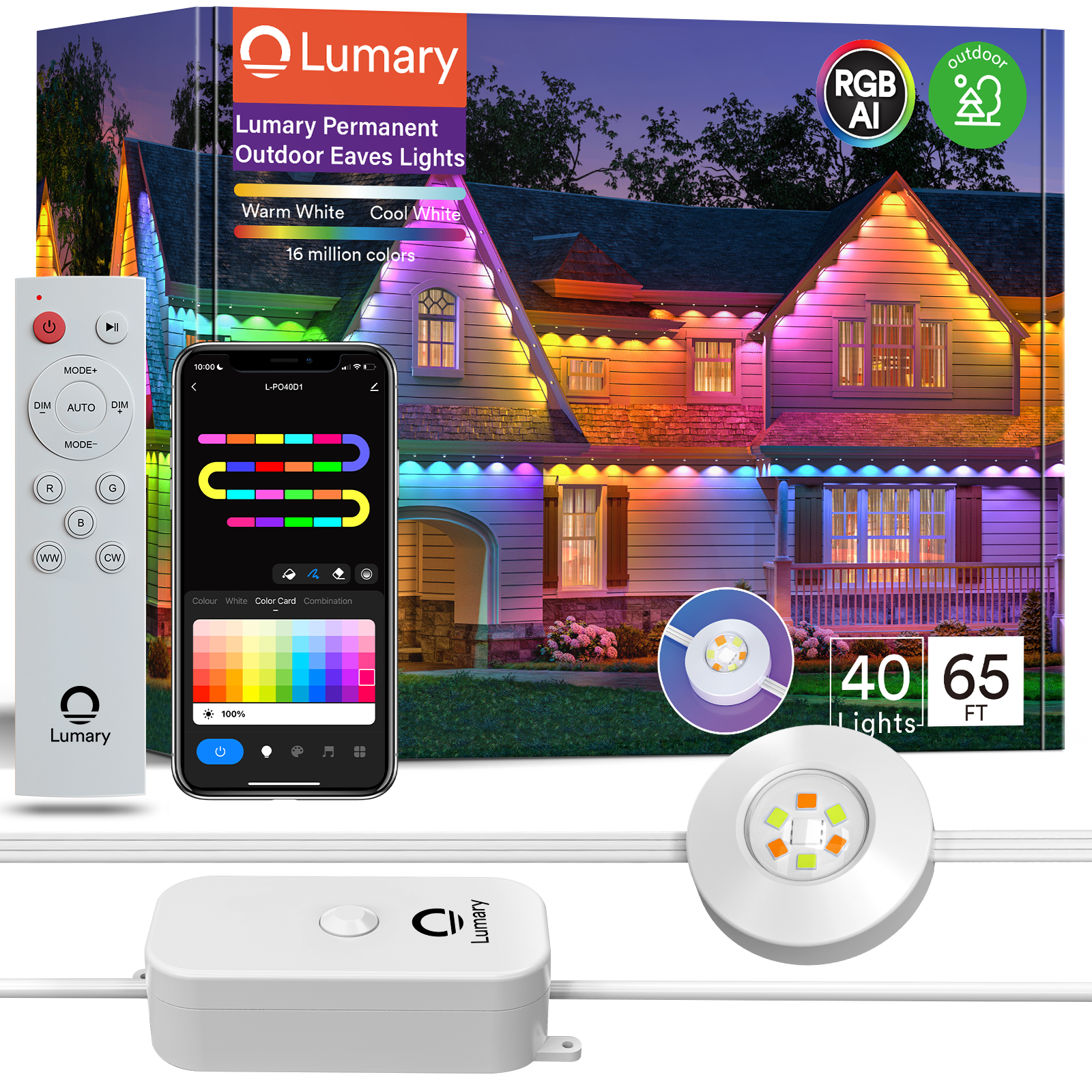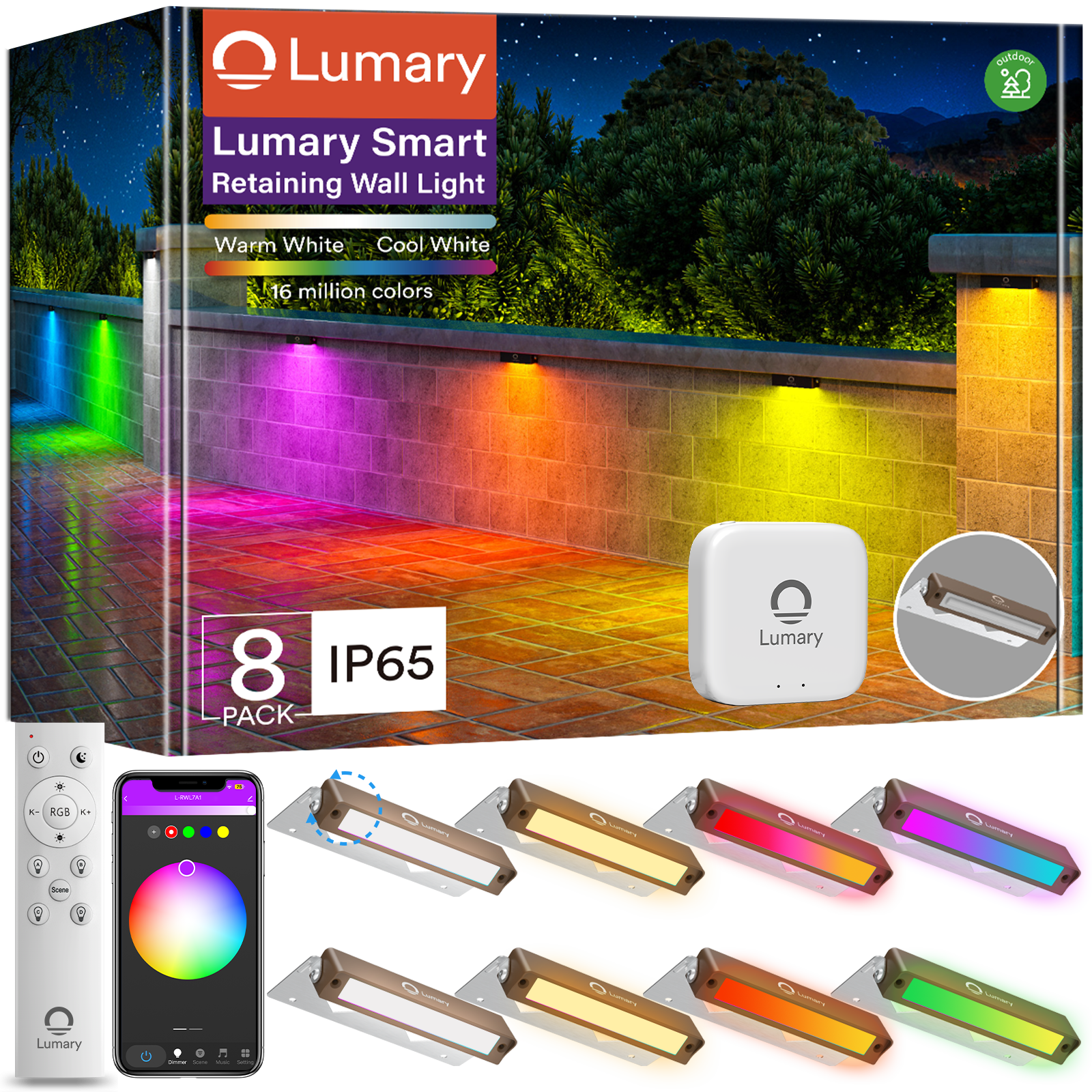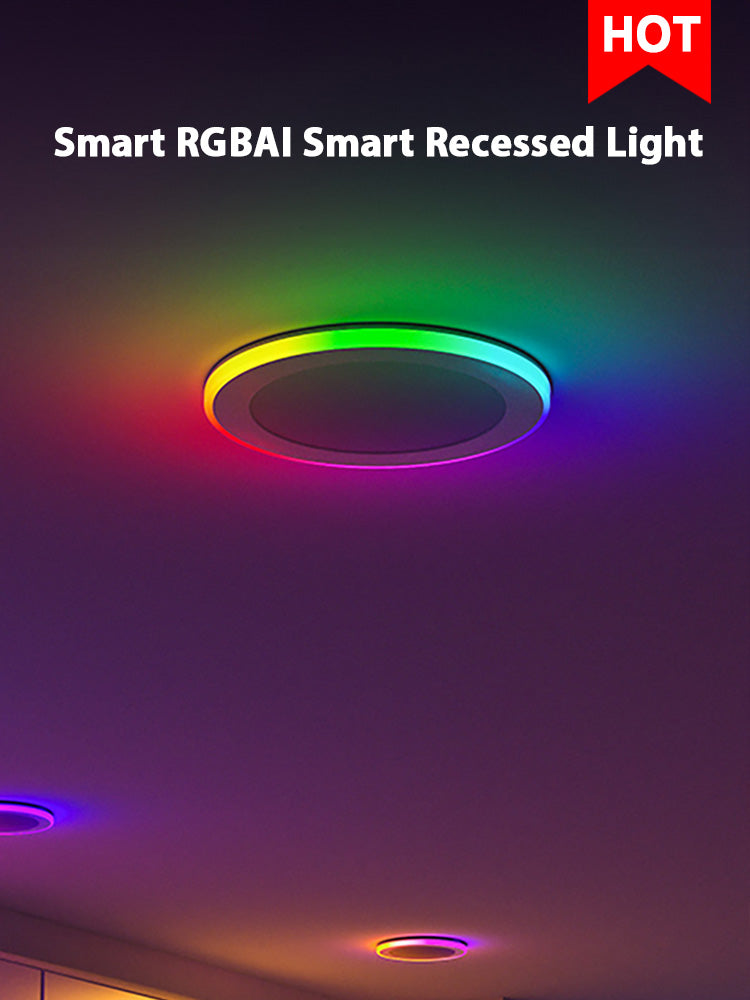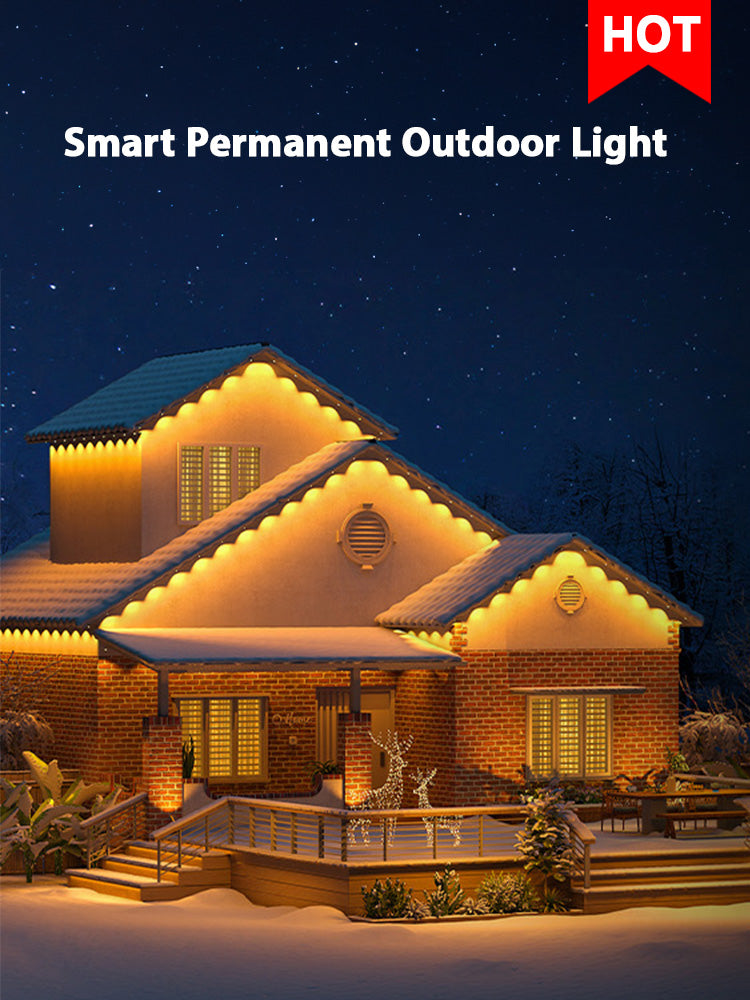Here is the simple secret that can cozy up your living room or brighten up your workspace: it’s all about the color of your light bulbs, and it’s measured in something called Kelvins. This guide will show you just how much this little detail - known as Correlated Color Temperature (CCT) - can change the feel of a place.
Imagine being able to make a room more inviting just by changing a bulb or staying sharp with the right kind of bright light. Read more and learn how choosing the right light color can make your home more comfortable, help you sleep better, and even uplift your spirits.
Warm and Cool Light

Correlated Color Temperature (CCT) refers to how warm or cool a light appears. It’s like the visual temperature of your lighting, measured in units called Kelvins(K). Think of CCT as a numerical value for the color glow that light bulbs emit.
Warm vs. Cool Light
Lower Kelvin numbers mean the light is warmer, giving off a cozy, amber hue—perfect for relaxing. Higher Kelvin numbers make for cooler, blue-tinted light, which is great for staying focused.
The Kelvin Scale Simplified
- Under 3000K: A soft, warm light reminiscent of candles or sunset.
- 3000K to 4500K: A neutral white light that balances warmth with clarity.
- Above 4600K: A bright, cool light similar to a cloudless noon sky.
Understanding this scale helps you match the right kind of light to the mood or task at hand.
Making Lights Work for You
In practice, use warm lights under 3000K for spaces where you chill out, like living rooms or bedrooms. They’re easy on the eyes and great for evenings. Neutral lights between 3000K to 4500K are versatile—they work well in bathrooms and kitchens. And for places where you need lots of energy and focus, like home offices, go for cooler lights above 4600K.
How to Craft CCT for Every Room
Bedrooms
In your bedroom, the goal is to establish a retreat—a place where the day’s stressors fall away. Opt for bulbs with around 2700K, which emit a gentle warmth similar to the golden hour of sunset. This CCT helps cue your body towards rest, making it easier to unwind and drift off to sleep. Consider bedside lamps or wall sconces that cast a soft pool of light, allowing you to read comfortably without filling the room with too much stimulation before bedtime.Click to read more:Choosing the Right Lighting for Your Bedroom
Living Rooms
Living rooms often serve multiple purposes—from hosting guests to being a quiet spot for contemplation. Lighting needs to be versatile. Soft lighting between 2200K and 3000K offers an inviting glow that encourages relaxation but still provides enough light for everyday activities. Adjustable fixtures with dimming lights allow you to modulate the intensity and CCT to match any occasion, whether it’s movie night or an intimate conversation.
Kitchens
Kitchens thrive under neutral white light around 4000K. This cleaner light cuts through the early morning grogginess and sharpens focus—ideal for tasks requiring attention to detail, like chopping vegetables or measuring ingredients. Under-cabinet lighting strips can add layers to your kitchen’s lighting plan, offering task-specific illumination that complements overhead fixtures.
Bathrooms
Bathrooms demand a CCT that flatters but is also practical. A range of 3000K to 4500K strikes the right note, providing clear visibility for precision tasks such as shaving or applying makeup while still maintaining a sense of warmth. Consider frosted glass fixtures that diffuse light evenly to eliminate harsh shadows and create a spa-like ambiance.
Home Offices
A home office requires a CCT setting that’s invigorating and conducive to concentration. Illumination between 4600K and 6500K mimics the energizing qualities of natural daylight, helping to combat fatigue and maintain alertness. Desk lamps with adjustable CCT settings are particularly useful for tailoring light to the task at hand, be it detailed paperwork or creative brainstorming.
Study Areas
Study areas benefit greatly from a CCT of around 5000K—a balanced white light that’s bright and clear without being stark. This temperature supports prolonged periods of reading or studying by reducing eye strain. Incorporate overhead lights and floor lamps that can direct light exactly where needed, ensuring that no matter what project you’re diving into, your space adapts to your needs.
Functionality with Style
It’s not just about the functional aspect — consider the style of your room as well. For instance, vintage or rustic decors often benefit from warmer lights, while modern or industrial designs can be complemented by cooler CCTs.
In practice, look at the activities you do most in each room and how you want to feel. Then, adjust your lighting accordingly. With the right CCT, you’ll find that your spaces not only serve their purpose better but also become more inviting and enjoyable.
CCT Control with Smart Lighting

Smart Lighting
Gone are the days of one-size-fits-all lighting. With smart lighting technology, you can now customize the color temperature of your lights to match any time of day or activity—all from your smartphone or voice-controlled device.
Setting the Scene with Smart Bulbs
- Morning Wake-Up: Program your lights to a cool, crisp CCT around 5000K to help you wake up naturally.
- Evening Wind Down: Schedule your lights to shift to a warm 2700K as the evening progresses, prepping your body for sleep.
Achieving Balance Through Automation
Smart bulbs often allow you to create ‘scenes’ or ‘routines.’ These pre-set configurations adjust the CCT based on the time of day or specific activities:
- Work Mode: A brighter, cooler light to keep you focused during work hours.
- Relax Mode: A softer, warmer glow for reading or meditating.
Adjusting on the Go
What if your schedule changes? No problem. Adjust the lighting on-the-fly to suit unexpected needs—like a makeshift home theater with dim, warm lighting for movie nights.
CCT and Connectivity
Many smart lighting systems integrate with other smart home devices. Imagine your alarm not only waking you up but also gradually increasing the warmth of your lights as the morning unfolds.
What’s the Health Connection between CCT and You
By syncing your lighting with your body’s natural rhythms, you can promote better sleep, enhance mood, and even bolster productivity.
CCT and Sleep Patterns
- Preparing for Rest: As bedtime approaches, lower the CCT to around 2700K or less to signal your body it’s time to wind down.
- Avoiding Sleep Disruptors: High CCTs (above 5000K) in the evening can interfere with the production of melatonin, the hormone responsible for regulating sleep.
Mood and Cognitive Function
- Boosting Morale: Moderate CCTs (3000K - 4500K) during dreary days can lift your spirits and combat the effects of Seasonal Affective Disorder (SAD).
- Enhancing Focus: Cooler temperatures resembling daylight (4600K - 6500K) are shown to improve attention and alertness.
Making the Most of Natural Light
Don’t forget the role of natural sunlight:
- Align indoor lighting with the natural progression of daylight to maintain a healthy circadian rhythm.
- Use sheer curtains to diffuse bright sunlight, complementing it with interior lighting that has a similar CCT.
Lighting as Therapy
Certain shades within the CCT spectrum can have therapeutic effects, such as:
- Warm Lights: Used to create a sense of comfort and calm in spaces designed for relaxation or therapy.
- Cool Lights: Applied in treatment for SAD or to simulate daylight in windowless workspaces.
A Conclusion on CCT Mastery
Mastering the art of CCT in your home is about harmonizing function, style, and well-being. Whether it’s the soft, amber hues in your bedroom fostering restful slumber or the crisp daylight mimicry in your office sharpening focus, every Kelvin degree plays a role in crafting the desired atmosphere. Smart lighting technologies further refine this control, allowing for seamless transitions that support our natural rhythms and activities. Embracing the full spectrum of light with intention can transform spaces into experiences, enhancing not just visibility but also mood, health, and productivity. So, as you consider the bulbs you buy and the switches you flip, remember that with each adjustment, you’re not just changing the light—you’re shaping your life.

